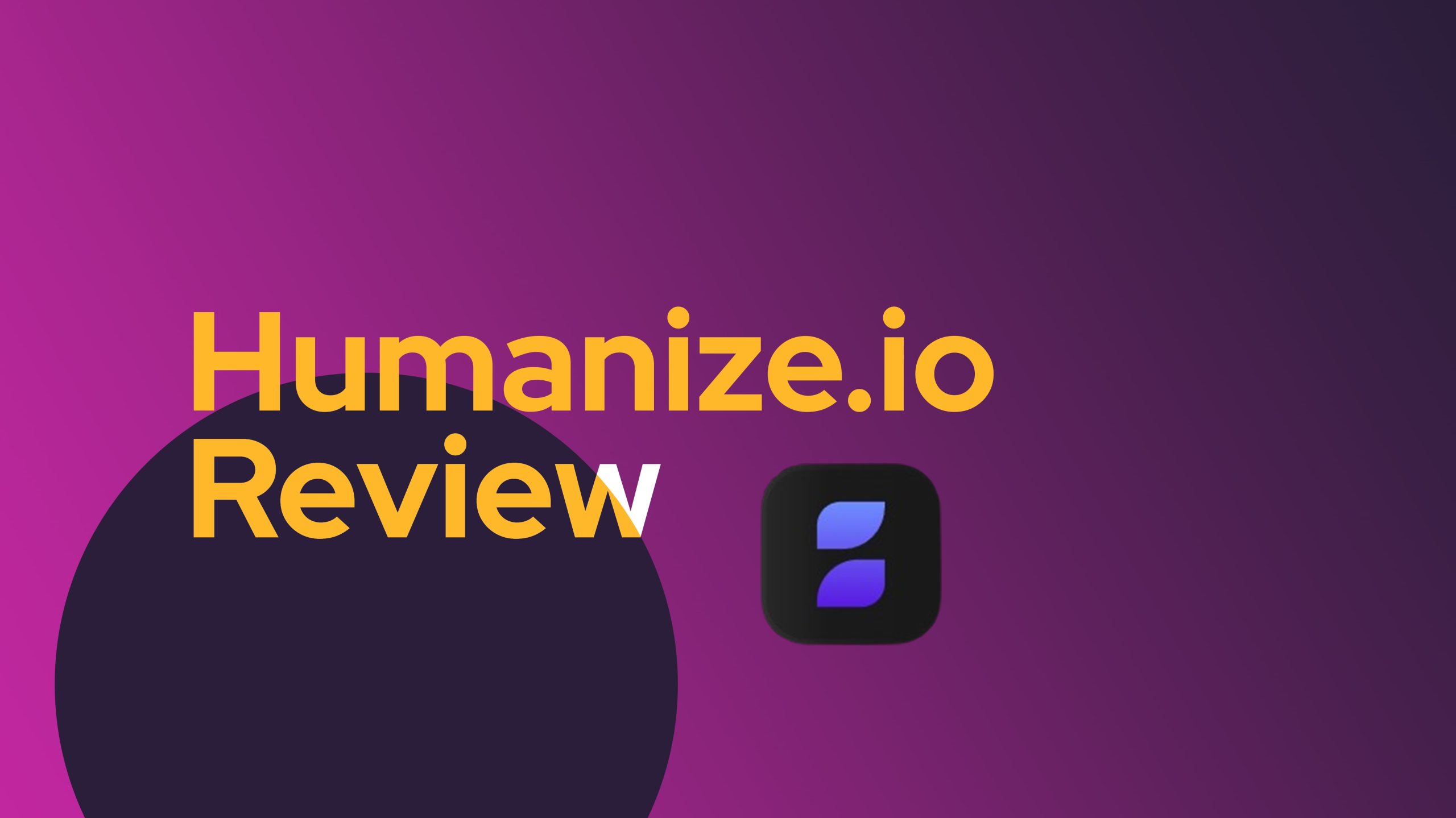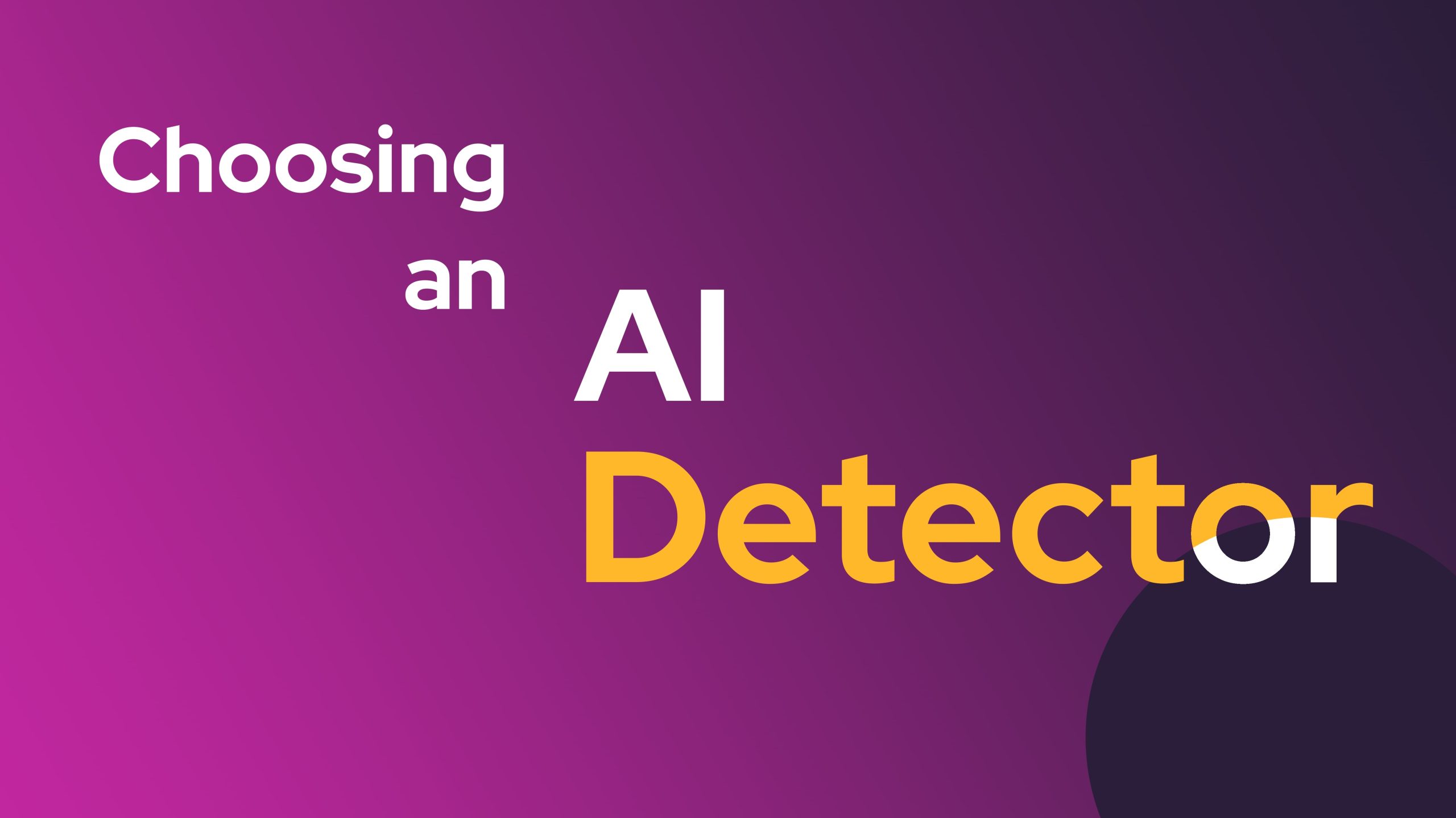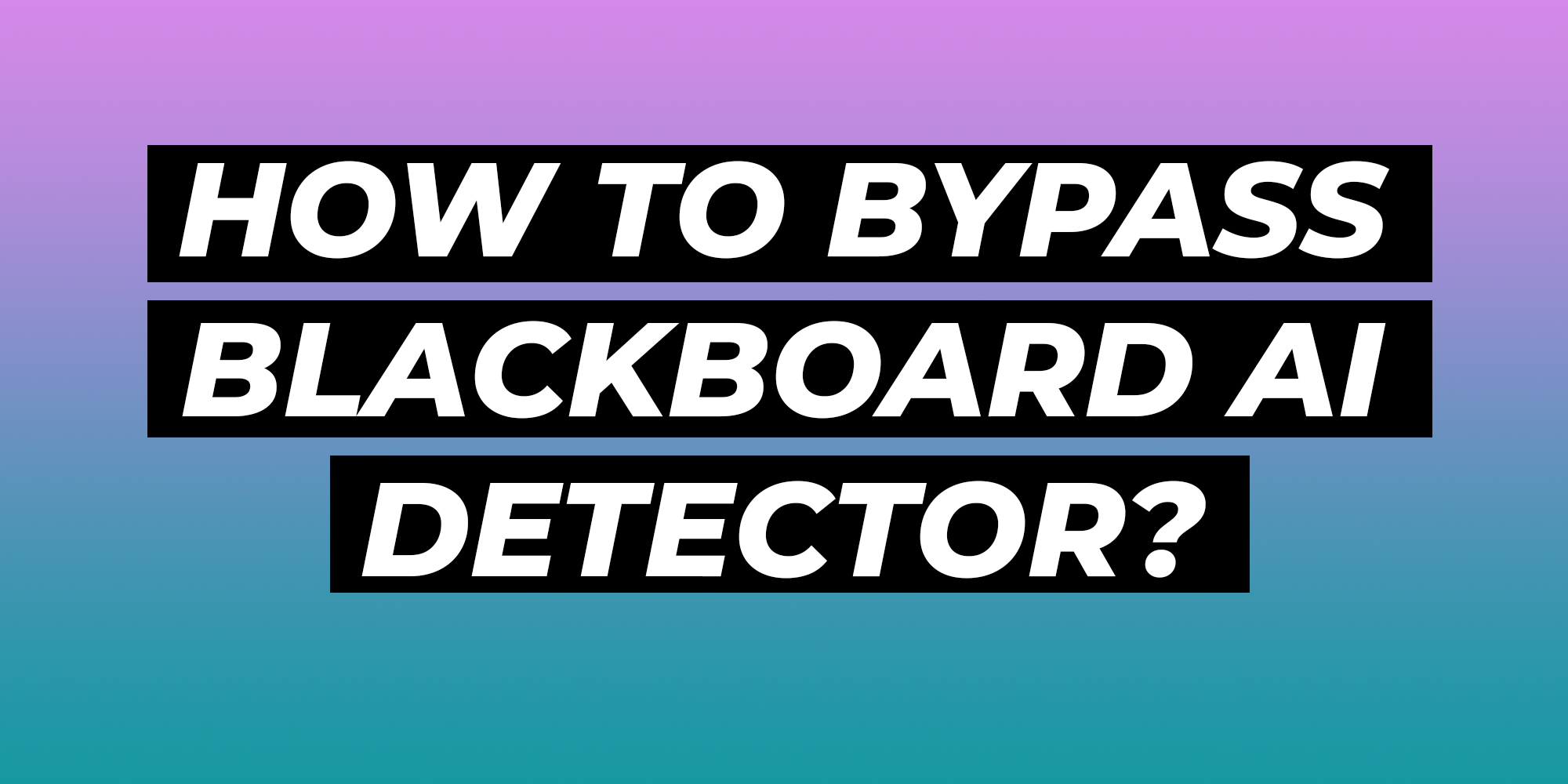We tried Humanize.io against top AI detectors. Check the outcomes and decide if this tool is for you, or if it is one to steer clear from.
Humanize.io says they make content that can’t be found by the Netus.ai AI Detector. We wanted to check this out!
After all, Humanize.io claims their text is like human writing and can’t be detected by AI. We thought we should really see if that’s true!
What’s Humanize.io?
It’s a tool, much like others you may have heard of, that’s designed to make your content seem more natural and human-like. The goal? To avoid being spotted by detection programs which can tell if content was made by a machine.
But, does it work well? Well, it says that it can create top-notch content that slips past detection. But, when we tried it, even with sophisticated systems like Netus.ai AI Checker, it wasn’t that successful. This was the same for similar programs we tried such as ShadowGPT, Rewritify, and PassMe.ai.
Why do people want to use something like Humanize.io? Basically, Google has been stricter on websites. If they have too much machine-made content, which goes against certain spam rules, there are penalties. This has made those who create and put out content think hard: should they put their money into content made by skilled people or try out quick fixes like Humanize.io?
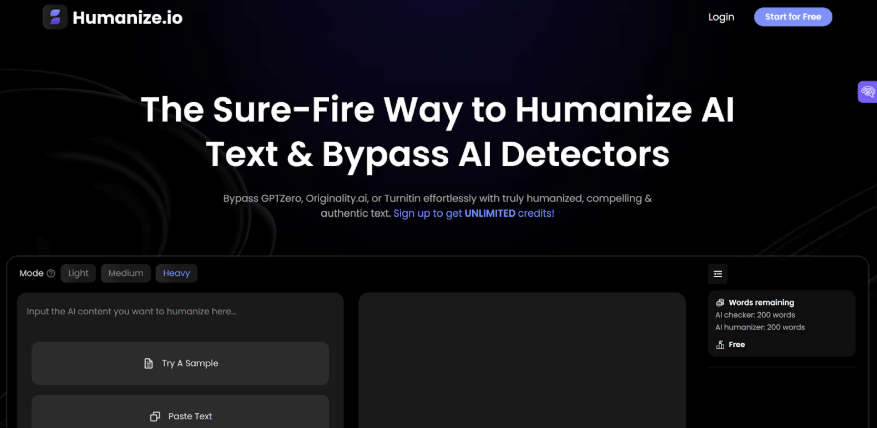
Did Humanize.io Make the Cut? Here Is The Outcome
To judge the ability of the Humanize.io tool to create top-tier content, we took it on a test run.
The Trial
The first step: Producing AI text utilizing ChatGPT 4o.
Step two: That text was then inserted into GPTZero, Writer, and Netus.ai to establish our starting scores.
Third step: We then fed this identical content to Humanize.io, receiving our revised text.
Final step: The rewritten content from Humanize.io was then put back into the other platforms to compare any variations in the scores.
The Outcome
To kick off, we used this sample prompt to create text with GPT-4o:
“Create an email filled with clear, actionable counsel about healing a neck injury. Start the email by briefly shedding light on the frequent causes and symptoms of such injuries. Then, delineate a practical recovery plan, incorporating stretching, strengthening exercises, and advice on maintaining good posture. Include a note about the right time to seek medical aid and the advantages of physiotherapy. Sign off with tips to prevent future injuries and the proper way to recommence everyday activities. Maintain a supportive, informative, and engaging tone.”
Netus.ai Score
Original content (ChatGPT-4o generated): 100% Confidence the text is Likely AI
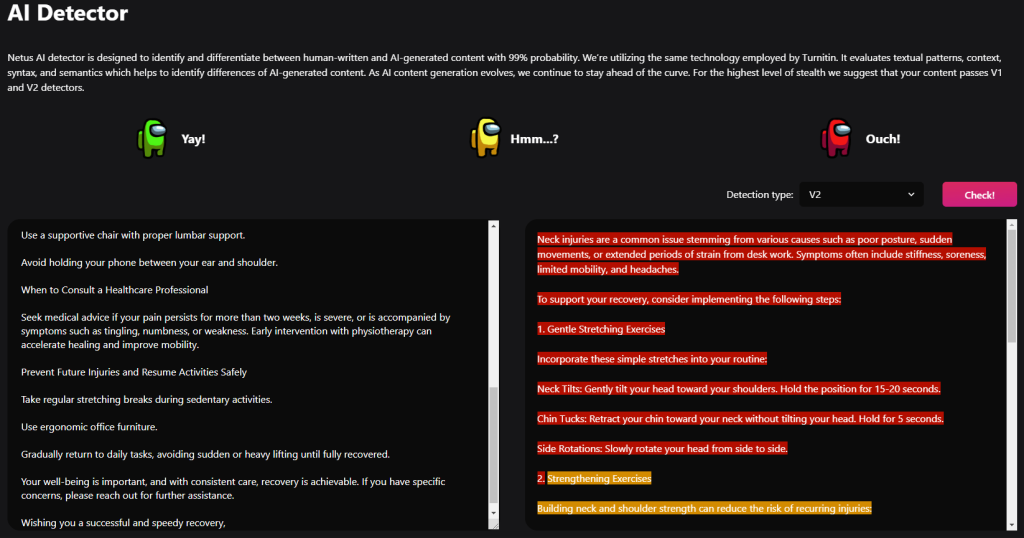
Humanize.io version: 98% Confidence the text is Likely Generated By AI
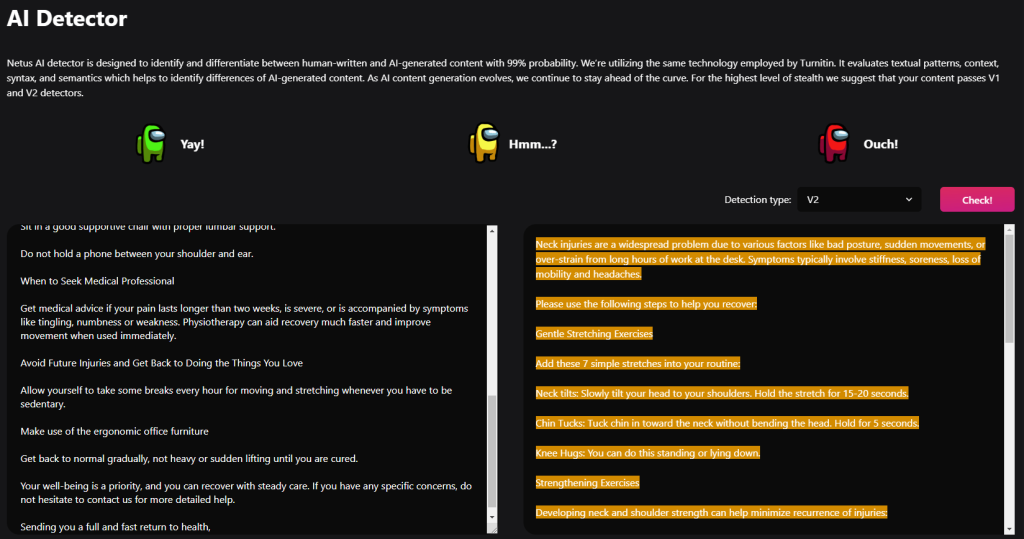
Humanize.io Results explained
The theory that Humanize.io can generate human-like copy that bypasses Netus.ai is easily dismissed as soon as you look at the Netus.ai detection scores.
The Netus.ai AI Detector confidently detects that the ‘humanized’ content is AI-generated.
The Future of AI Content Regulation
AI’s hand in creating content is becoming increasingly sophisticated and widespread. Naturally, we need regulations to grow steadily to manage issues tied to authenticity, intellectual property, and misinformation. A solution could be global rules for AI honesty. Bodies like the European Union and the United Nations could lead the charge, mandating that anything made by AI, be it text, images, or video, is clearly marked. This could align with existing rules about data privacy, like the GDPR, to make sure that the public knows when they’re dealing with AI creations.
We could likely see the broader use of techniques to watermark AI content. Tools such as Google’s SynthID could become commonplace, leaving unseen signs in AI-made content to trace back to the source. Laws might even require content creators to use these markers, simplifying the authentication of digital content.
Expect the rise of third-party verification services. Trusted groups could make their mark as authenticity certifiers, working in tandem with tech firms, media platforms, and regulatory bodies. These organizations could provide official seals of approval, helping folks tell real from AI-made content.
We could also see harder penalties for misusing AI-made content. Wrongdoers involved in fraud, deepfakes creation, or misinformation campaigns may face harsh fines, forced content removal, or even legal charges. This approach could dissuade harmful actions and endorse responsible AI use.
Enforcing ethical guidelines for AI development is also probable. Makers may have to stick to strict ethical norms when building AI, with regular probes and certifications ensuring these standards are met. Alongside, public awareness drives could help people better recognize and grasp AI-made content and its implications. Educational bodies could build AI understanding into their programs to prepare the future generation.
And lastly, we might see frameworks that hold both creators and users accountable for deploying AI content. Companies might need to provide clarity on how AI creates content and makes decisions. As AI gets more self-governing, these robust checks are crucial to keep its use ethical and responsible.
How to Spot AI-Generated Text Without a Detector
Sure, you might not have a gadget that screams “AI!” when you’re looking at text, but you can still tell if what you’re reading was churned out by a computer. Here’s how.
Computers are big fans of repeat performances. So, if you notice the same phrases popping up again and again or the sentences start sounding like they’re stuck on repeat, there’s a good chance you’re reading AI words. Unfortunately, computers have learned their linguistic tricks by crunching big data, so they often stick to the same sort of sentence length and wave their favorite keywords around a lot.
The style of writing is a dead giveaway, too. If you read it aloud and it sounds like your GPS is giving out instructions, it’s probably AI. Computers just can’t capture that human touch and all our emotional baggage. They’re like that guy at the party who can’t tell a joke because he’s so serious. If the writing feels stiff, like it’s holding its breath, or if it seems to be missing any trace of a real personality, then it’s probably machine-made.
Depth is also a big one. Computers can sometimes stumble when they try to handle tricky or complicated ideas and their explanations can feel shallow. So, if the piece seems to just skirt around the edges of a topic instead of diving into the deep end, then it’s probably the handiwork of an AI.
You might also find that an AI’s approach to facts is a bit out of whack. It can take what should be a simply relayed detail and make it seem like it’s been jammed in there with a shoehorn. If the details feel too exact or just plain out of place, check them against your trusty fact sources. You might uncover something off-balance.
Humans love to put themselves into their writing. Personal stories, real examples, sharing their real-world experiences – these add a richness that computers just can’t copy. So, if a piece feels hollow, frosty, or robotic, it could be AI at work. The lack of a unique voice or style is another big clue. AI is notoriously bland and uniform in its writing.
A machine’s writing can often be too perfect. This might seem like a good thing, but humans make mistakes. They make typos, they use slang, and they break grammar rules from time to time. AI doesn’t do this. So, if the text you’re looking at is punctuated to perfection and never once steps out of line, it’s probably AI.
Finally, consider the structure. AI likes things neat and tidy, with clearly lined up sections and orderly lists. If the piece seems overly neat and formulaic, you’re probably dealing with AI.
Being able to spot these telltale signs means you’re in a better position to identify when you’re reading text that’s been generated by a computer, even if you don’t have a fancy tool to tell you so.
FAQs on Humanize.io
Is Humanize.io a free tool?
Like other tools that make AI sound more human, Humanize.io gives users a no-cost trial. In detail, they let you try a 200-word freebie before asking for a paid membership to continue.
Does Humanize.io successfully avoid AI detection?
According to our findings, Humanize.io doesn’t manage to dodge the AI Detector from Netus.ai. The detector from Netus.ai easily spotted the text made by GPT-4o and the version of it tweaked by Humanize.io as AI work.
Is it ethical to use tools that write using AI?
People have a lot of different views on using AI to make content. Some think it should be allowed every time, while others feel it’s never acceptable from an ethical viewpoint.
To do things right, it’s best to be open about using AI and to check if AI use is okay at the beginning of any project. To add, publishers could lay down rules about using AI in contracts they make with freelance writers, or give clear instructions on how they like AI use to be acknowledged.
Related Posts
Through digital leadership we empower people to leverage the opportunities in global economy

